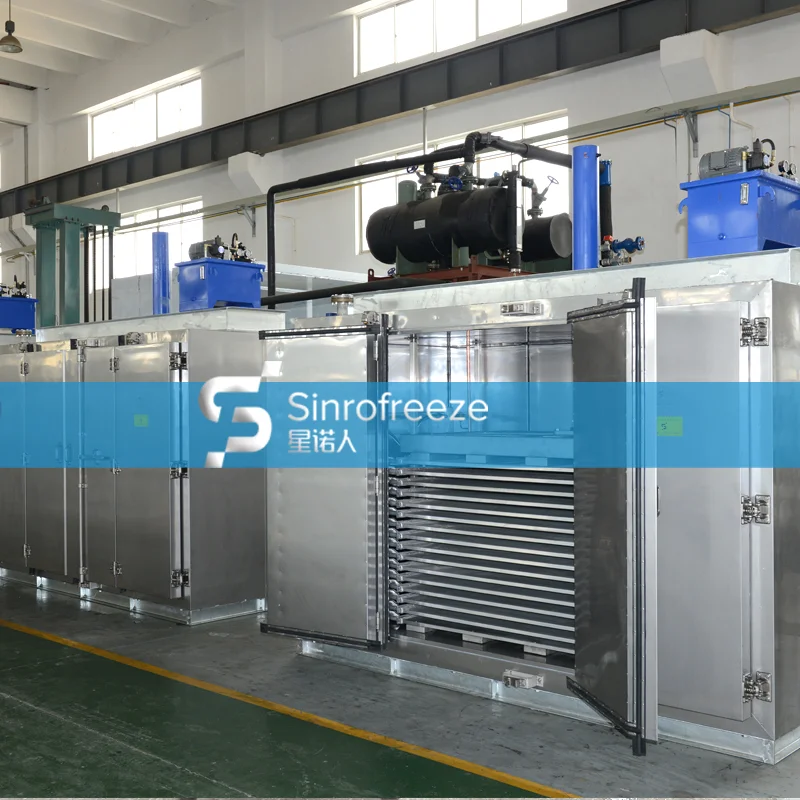In an era where sustainability and food safety are at the forefront of consumer concerns, the materials used in food packaging have come under increasing scrutiny. Among these materials, paper has emerged as a versatile and eco-friendly option. But what paper is used for food packaging, and how does it contribute to the safety and quality of our food? This article delves into the various types of paper utilized in food packaging, their properties, and their roles in ensuring food safety and sustainability.
Understanding Food Packaging Paper
Food packaging paper is specifically designed to protect food products from contamination, moisture, and spoilage while also providing convenience and aesthetic appeal. The choice of paper for food packaging is influenced by several factors, including the type of food being packaged, the desired shelf life, and regulatory compliance.
- Types of Paper Used in Food Packaging
a. Kraft Paper
Kraft paper is one of the most commonly used types of paper in food packaging. Known for its strength and durability, it is made from wood pulp through a chemical process that retains the natural fibers. Kraft paper is often used for bags, wraps, and boxes, particularly for bakery items, snacks, and takeout food. Its natural brown color and unbleached nature make it a popular choice for eco-conscious brands.
b. Greaseproof Paper
Greaseproof paper is treated to resist grease and oil, making it ideal for packaging fried foods, pastries, and other oily items. This type of paper is often used in fast-food restaurants and bakeries. Its ability to prevent grease from seeping through ensures that food remains fresh and appetizing while maintaining the integrity of the packaging.
c. Wax Paper
Wax paper is coated with a thin layer of wax, making it moisture-resistant and non-stick. It is commonly used for wrapping sandwiches, cheese, and other food items. However, it is important to note that wax paper is not suitable for baking, as the wax can melt and transfer to food. Its primary role is to provide a barrier against moisture and air, helping to preserve food quality.
d. Parchment Paper
Parchment paper is treated with acid to give it a non-stick surface and heat resistance. It is often used in baking and cooking applications, as it can withstand high temperatures without burning. Parchment paper is also used for wrapping food items, providing a barrier against moisture and preventing contamination.
e. Paperboard
Paperboard is a thicker and more rigid type of paper that is often used for food packaging boxes, such as those for cereals, frozen foods, and takeout containers. It provides excellent structural support and can be coated with various materials to enhance its moisture resistance and durability.
The Role of Paper in Food Safety
The primary function of food packaging paper is to protect food from external contaminants while maintaining its freshness. Here are some key aspects of how paper contributes to food safety:
- Barrier Properties
Different types of food packaging paper offer varying levels of barrier protection against moisture, oxygen, and light. For instance, greaseproof and wax papers provide excellent barriers against grease, while parchment paper protects against moisture during cooking. These barrier properties help to extend the shelf life of food products and prevent spoilage.
- Regulatory Compliance
Food packaging materials must comply with strict regulations set by food safety authorities. Many types of food packaging paper are designed to meet these standards, ensuring that they do not leach harmful substances into food. Manufacturers often conduct rigorous testing to ensure that their packaging materials are safe for food contact.
- Sustainability Considerations
As consumers become more environmentally conscious, the demand for sustainable packaging solutions has increased. Many food packaging papers are made from recycled materials or sourced from sustainably managed forests. Additionally, paper is biodegradable and compostable, making it a more eco-friendly option compared to plastic packaging.
Conclusion
In conclusion, the choice of paper used for food packaging is critical to ensuring food safety, quality, and sustainability. From kraft paper to parchment paper, each type serves a unique purpose in protecting food products while meeting consumer demands for eco-friendly solutions. As the food industry continues to evolve, the role of paper in food packaging will remain vital, serving as an unsung hero in the quest for safe and sustainable food solutions. Understanding the various types of paper and their properties can help consumers make informed choices about the products they purchase and the impact they have on the environment.

